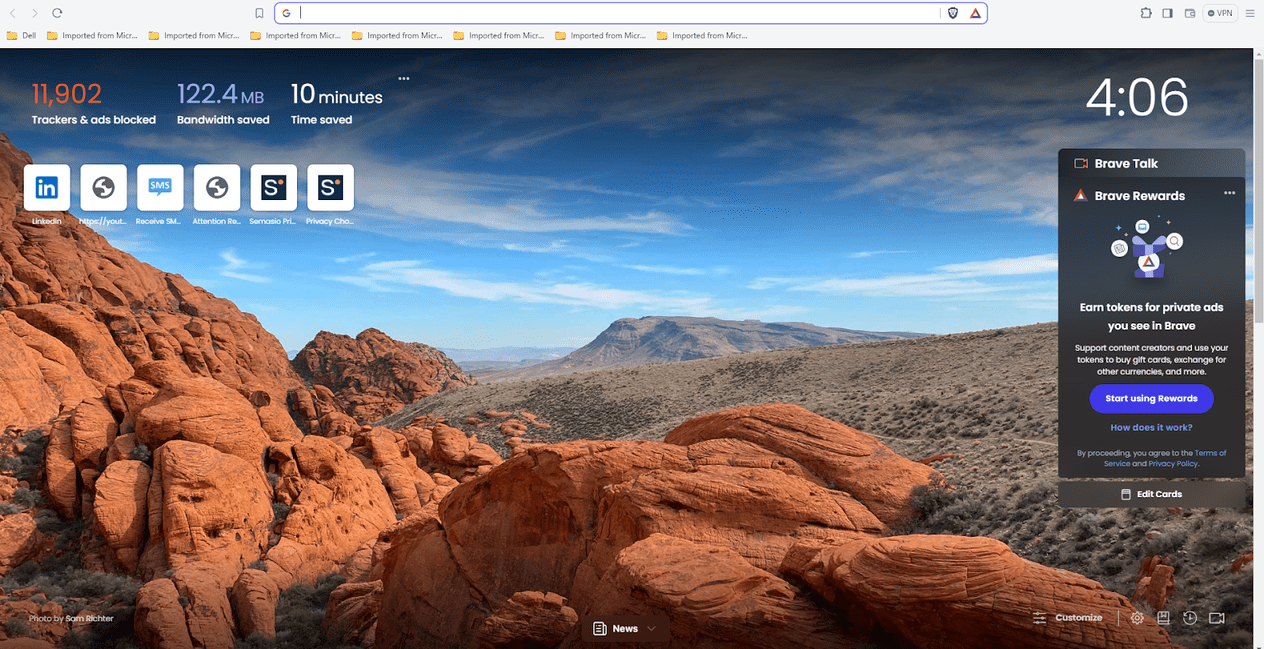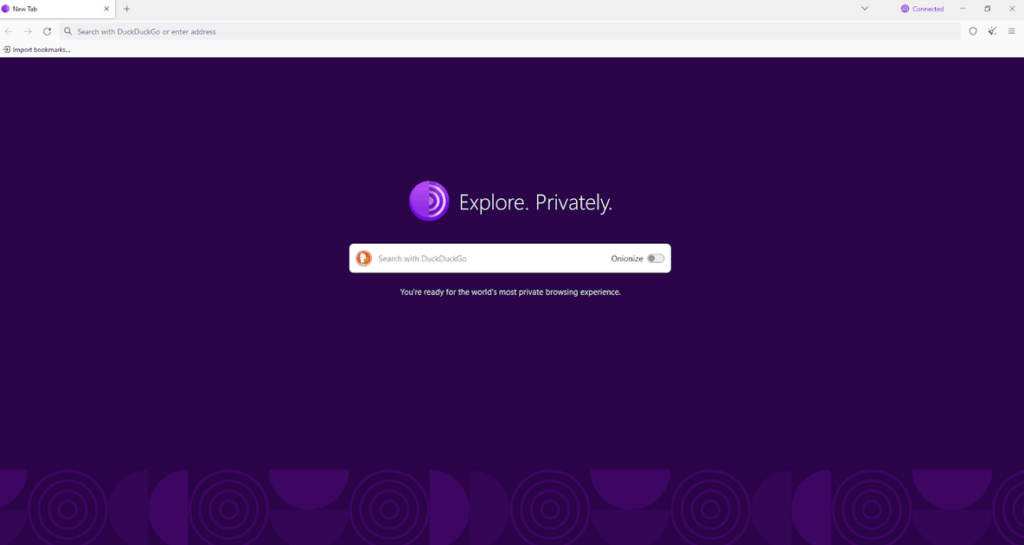What To Do If Your Identity Is Stolen
Will Simonds
Reading time: 12 minutes

Table of Contents
Identity theft is a type of crime where a fraudster uses someone else’s personal identifiable information (PII) in a fraudulent or deceptive way, usually for financial gain.
If you’ve become a victim of identity theft, you’re not alone.
The Federal Trade Commission (FTC) estimates that 9 million Americans have their identities stolen each year. What’s more, each year 7% of all adults in the US have their identities used fraudulently.
Identity theft can be very complicated to deal with. But fortunately there are lots of resources available to help you set things straight, as well as to help minimize the risk of it happening again. In this guide you will find out what to do if your identity is stolen and what an appropriate response is to identity theft.
This guide includes:
- What to do if your identity is stolen
- What to do about credit identity theft
- What to do about taxpayer identity theft
- What to do about medical identity theft
- How to prevent becoming a victim of identity theft again
What to do if your identity is stolen
There are different types of identity theft and which authority you need to report it to will depend on the specifics of the theft that occurred. We’ll go over the specific steps you need to take if you are a victim of a credit, taxpayer or medical identity theft. However, there are also some steps that all identity thefts have in common and those are the ones we’ll get started with.
Filing a report with the Federal Trade Commission (FTC)
The Federal Trade Commission (FTC) is a government agency that is responsible for protecting consumers. Anyone who has been a victim of identity theft should file a report to the FTC. You can do this online at IdentityTheft.gov or by calling 1-877-438-4338.
We recommend filling out the form online because that way, you’ll receive an identity theft report. The report can be very important in case you need to prove to certain companies or organizations that your identity has been stolen. Just select the option that describes your situation best and follow the steps given until you’ve completed the report and created a profile.
Once you’ve created a profile on identity theft.gov, you’ll be provided with login details which will allow you to access useful resources. These include pre-written letter templates that you can send to creditors and a helpful recovery plan to guide you through the necessary steps to clear your name.
File a police report
Reporting identity theft to your local law enforcement is a good idea even though it’s not always required. If the person who stole your identity is someone you know, or if you’re aware that crimes have been committed with your stolen identity, reporting the theft to the police is essential and should be done as soon as possible.
What’s more, filling a police report is also useful as some creditors require you to provide a police report in order to prove that your identity has been stolen.
File a claim with under your identity theft insurance (if applicable)
If you have an identity theft protection plan, or if identity theft is covered under another insurance policy that you hold, you should contact your provider and submit a claim.
Identity theft insurance usually covers most costs related to identity theft, such as money spent on reclaiming your financial identity and repairing credit reports. The costs you can claim from your provider range from phone bills to legal fees associated with the crime.
Contact The Identity Theft Help Center
This step is optional but especially useful if you’ve been a victim of identity theft that isn’t as common as credit, medical or taxpayer identity theft.
The Identity Theft Resource Center (ITRC) is a non-profit organization established to minimize risk and mitigate the impact of identity theft. They provide a free victim assistance number 1-888-400-5530 where you can get valuable information about the steps you need to take.
What to do about credit identity theft
Credit identity theft is when a fraudster applies for a new credit line using your personal identifiable information. Unfortunately, this is one of the most common types of identity theft. This is what you need to do if you’ve become a victim of this type of fraud.
Contact the companies where you believe the fraud occurred
First you should contact credit and financial institutions where you suspect fraudulent accounts might have been created and immediately inform them about the situation. Also, inform the companies where fraudulent transactions occurred.
Freeze your credit
A credit freeze blocks access to your credit reports and helps to prevent the thief from opening new accounts under your name. Applying a credit freeze is free and only takes around 15 minutes.
You’ll need to request this with each of the big three credit rating bureaus:
- Equifax: Call 800-349-9960 or fill this form online.
- Experian: Call 888‑397‑3742 or fill this form online.
- TransUnion: Call 888-909-8872 or fill out this form online.
Place an extended fraud alert on your credit reports
A fraud alert is another way of preventing fraudsters from applying for credit under your name. If you place an alert, companies are required to take additional steps to confirm your identity before approving the credit application.
To place the alert you need an identity theft report from the FTC or a police report (which is detailed above) to prove that your identity has been stolen. An extended fraud alert lasts up to 7 years and it gives you a free copy of your credit report from each bureau twice a year.
Note that you only need to contact one of the three credit bureaus to place the fraud alert. The bureau you contact is responsible for informing the other bureaus about the alert.
- Equifax: Call 800-685-1111 or fill out a form online.
- Experian: Call 888-397-3742 or fill out a form online.
- TransUnion: Call 888-909-8872 or fill out a form online.
There are several different fraud alert options so when you fill out the form online, make sure you request the extended 7-year fraud alert, rather than the other options.
What to do about taxpayer identity theft
Taxpayer identity theft happens when fraudsters get hold of your Social Security Number to file a tax return and steal your tax refund or tax credit. These are the steps you need to take if you’ve become a victim of a taxpayer identity theft:
File a report to IRS
File a report to the Internal Revenue Service (IRS) by contacting the IRS Identity Protection Specialized Unit by calling 800-908-4490. You should also fill out the IRS Identity Theft Affidavit, Form 14039 PDF as soon as possible.
Once you’ve completed the form, print it out and attach it to your paper tax return. Mail both the form and your return to the IRS, following the instructions on the form.
Consider freezing your credit and placing a fraud alert
As the fraudster has your SSN, you should consider taking some extra steps to prevent additional harm. Freezing your credit and placing a fraud alert (as described above) are smart measures to prevent the fraudster from applying for credit under your name and causing further damage.
What to do about medical identity theft
Medical identity theft happens when someone uses your identity to use health care services. It can be especially dangerous because the inaccurate information on your medical records may impact your doctors decision-making.
File a report to the U.S. Dept of Health and Human Services
If the fraud is Medicare related, you should report it to the U.S. Department of Health and Human Services’ Office of Inspector General, by calling 800-447-8477 or filling out this form online.
Review your medical record and report errors to your health care providers
Contact each hospital, clinic, pharmacy, laboratory, and health insurance company where your information might have been fraudulently used. Ask for copies of all your medical records and review the information to see if there are any errors or visits that you didn’t make.
Report medical billing errors
Report any errors in these records to your health care provider by explaining the situation and providing copies of the incorrect information. Send the letter as certified mail so you’ll know exactly who has received it.
Your health care provider is responsible for responding to you within 30 days. They are also responsible for notifying other health care providers about this.
How to prevent becoming a victim of identity theft again
Now that your personal information has been compromised and the process of repairing your reputation has started, it’s essential that you take appropriate measures to prevent your information getting in the wrong hands again. As you already know by now, preventing an identity theft from happening is much less work than actually dealing with one. These are the steps you should follow to protect your personal information in the future.
- Remove your personal information from the internet
Removing your personal details from the internet is essential as the cause of much identity theft is due to the fact so much information about you can be found online. Organizations called data brokers continuously collect your personal information by crawling the internet. The way these organizations work is that they gather as much information about you as possible (from public records, social media etc.), create a profile of you and then sell it to other companies. Having your information in their database poses a huge risk but fortunately. That’s why you should regularly search for yourself on these platforms and request the removal of any data that you find. Here’s a list of some of the largest data brokers and instructions on how to remove yourself from each of them:- Remove yourself from Spokeo
- Remove yourself from MyLife
- Remove yourself from Radaris
- Remove yourself from WhitePages
- Remove yourself from Intelius
- Remove yourself from BeenVerified
The process is not complicated but since there are so many data brokers that need to be continuously monitored, it can take a lot of time and effort. Data brokers will always find new ways to access your information and therefore, you need to delete your information at least once every few months from each database. If you don’t have time to monitor these pages yourself, you can always sign up for DeleteMe and we can do it for you.
- Review your credit reports regularly
Checking your credit reports for discrepancies is another important step to prevent identity theft. All major credit bureaus in the US (Equiax, Experian and TransUnion) are legally obligated to provide a free credit report every year. You can request the report from annualcreditreport.com. This is how you do it: 1. Fill out a form to request your credit reports.
2. Verify your identity by answering some questions. The questions are difficult on purpose and you may need your credit statements to answer them.
3. Review your reports online. In case you’ve become a victim of credit identity theft and have already set an extended fraud alert, these credit reports should be provided to you twice a year from each bureau for free, allowing you to check your credit reports 6 times a year. - Scan credit card and bank statements for unauthorized charges
You should continuously check your credit card and bank statements for any charges that you don’t recognize. Be cautious of any unauthorized charges, even small amounts. To keep track of everything, it’s a good idea to set up an alert. Most financial institutions provide a service where they send you an email, SMS or notification every time transactions are made.
As an example, this is what CHASE offers for its clients. - Be aware of phishing attempts
Always be cautious of emails coming from your bank or other institution that asks you to click on a link, download an attachment or share sensitive personal information online. Similarly, you should beware of phone calls that attempt to do the same. A common way that identity thieves try to get access to your information is by sending fraudulent emails or calling people disguised as a reputable source. This is called phishing and it’s a common reason for fraud and identity theft. If ever in doubt, always contact your bank (or other institution) to check if the email or phone call you’ve received is genuine, before proceeding with it. - Make sure you don’t compromise your personal information
To prevent identity theft from happening again, you should keep your personal information safe everywhere, not only online. Here’s a useful infographic to remind you how to do that. This includes:
- Protecting your mail by locking your mailbox
- Using a passcode on all devices
- Shredding all papers that have your personal information before throwing them away
- Don’t click on suspicious links
- Immediately hang up suspicious phone calls
- Never use the same password twice or use one that’s easy to guess
Wrapping Up
You should now have a better idea on what to do if your identity is stolen and what is a valid response when identity theft occurs.
Dealing with identity theft can be extremely difficult and stressful. The good thing is that there are several ways and lots of useful resources for you to get everything sorted.
What’s most important is that once you’ve finished the process of reporting and resolving the issues, it’s essential for you to invest in prevention. Making sure your personally identifiable information (PII) doesn’t get compromised again by being aware of phishing, removing your information from the web, reviewing your bank statements and credit reports regularly can save you from a lot of headaches in the future.
Our privacy advisors:
- Continuously find and remove your sensitive data online
- Stop companies from selling your data – all year long
- Have removed 35M+ records
of personal data from the web
Save 10% on any individual and
family privacy plan
with code: BLOG10
news?
Don’t have the time?
DeleteMe is our premium privacy service that removes you from more than 750 data brokers like Whitepages, Spokeo, BeenVerified, plus many more.
Save 10% on DeleteMe when you use the code BLOG10.
















